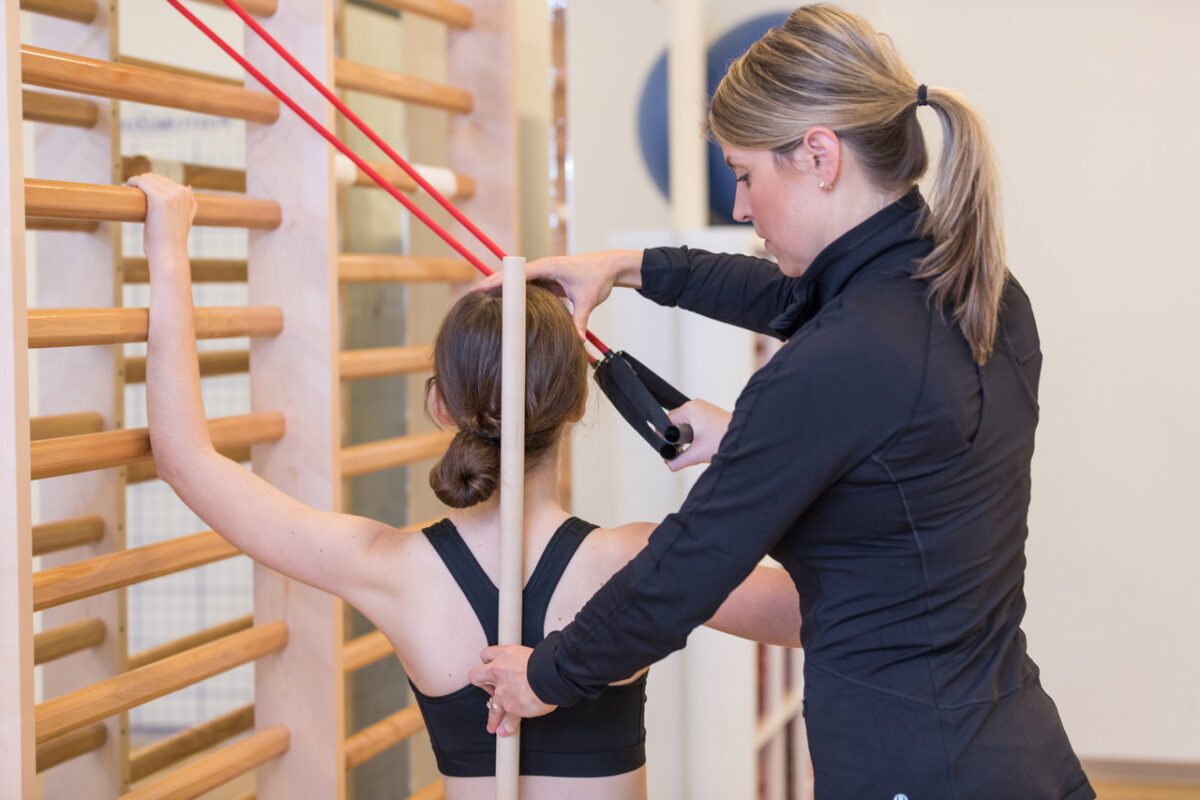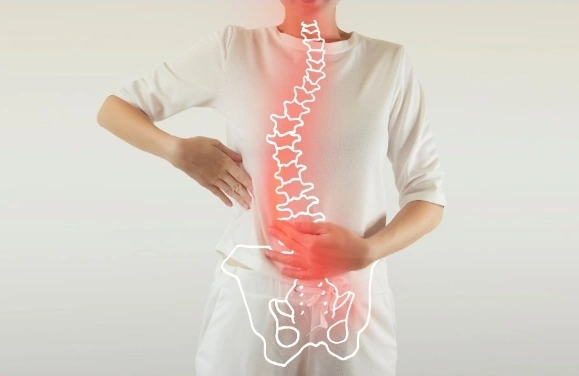Low back pain plagues millions around the world, but the cause can vary greatly from person to person. Fortunately, physiotherapy management doesn’t take a “one-size-fits-all” approach. Physiotherapists act as detectives, meticulously assessing your individual situation to design a treatment plan that targets the root cause of your discomfort. This section explores how physiotherapy management personalizes its approach to low back pain.

A Comprehensive Assessment: Unearthing the Culprit
The journey to targeted treatment begins with a thorough assessment. Your physiotherapist will likely:
- Review Your Medical History: Underlying medical conditions or previous injuries can contribute to low back pain.
- Discuss Your Pain: Describing the location, intensity, and duration of pain provides valuable clues.
- Observe Your Posture and Movement: Dysfunctional movement patterns or postural imbalances can strain the lower back.
- Perform Specific Physical Tests: These tests assess joint mobility, muscle strength, and neurological function to pinpoint areas of dysfunction [1][2].
Through this multi-faceted evaluation, the physiotherapist paints a clear picture of the underlying cause of your low back pain.
Addressing the Source, Not Just the Symptom: Tailored Solutions
Once the culprit is identified, the physiotherapist curates a personalized treatment plan. Here’s how physiotherapy management targets the underlying causes:
- Muscle Imbalances: If weak or tight muscles are at fault, specific strengthening or stretching exercises will be prescribed to create balance and improve core stability [3]. These exercises are not generic; they are carefully selected to target the specific muscle groups contributing to your pain.
- Joint Dysfunction: Stiffness or limited movement in spinal joints may be addressed through manual therapy techniques like mobilization or manipulation to restore proper function [4]. These hands-on techniques are tailored to the specific joint dysfunction identified during the assessment.
- Postural Issues: Physiotherapists can educate you on proper posture and core engagement techniques to reduce strain on the lower back during daily activities [5]. This education will be personalized to address your specific postural imbalances.
- Disc Injuries: For injuries involving the intervertebral discs, a tailored program might involve core stabilization exercises and pain management strategies to promote healing and prevent further aggravation [6].
A Holistic Approach Beyond Physical Therapy
Physiotherapy management goes beyond just exercise. Here’s how it incorporates a well-rounded approach:
- Tratamiento del dolor: Techniques like heat therapy, ultrasound, or electrical stimulation can be used to alleviate pain and promote healing [7].
- Education: Learning proper lifting techniques, ergonomic adjustments for your workspace, and strategies for maintaining good posture throughout the day empowers you to manage your back pain in the long term [8].

The Power of Personalization: A Unique Path to Recovery
Physiotherapy management recognizes that low back pain has a unique story for each person. By meticulously assessing your individual situation and crafting a treatment plan that targets the root cause, physiotherapy offers a more effective and long-lasting path to recovery. Remember, open communication with your physiotherapist is key. The more information you provide about your pain and lifestyle, the more effectively they can tailor your treatment plan for optimal results.
Referencias
- [1] Airaksinen O, Brox JI, Cedraschi C, et al. “European guidelines for the management of chronic nonspecific low back pain.” Revista Europea de la Columna Vertebral. 2006;15(Suppl 2). doi: 10.1007/s00586-006-1072-1.
- [2] van Middelkoop M, Rubinstein SM, Kuijpers T, et al. “A systematic review on the effectiveness of physical and rehabilitation interventions for chronic non-specific low back pain.” Revista Europea de la Columna Vertebral. 2011;20(1):19-39. doi: 10.1007/s00586-010-1518-3.
- [3] Hides JA, Stanton WR, McMahon S, et al. “Effect of stabilization training on multifidus muscle recovery after lumbar injury: a randomized controlled trial.” Columna vertebral. 2008;33(7). doi: 10.1097/BRS.0b013e31816c741c.
- [4] Fritz JM, Cleland JA, Childs JD. “Subgrouping patients with low back pain: evolution of a classification approach to physical therapy.” Revista de fisioterapia ortopédica y deportiva. 2007;37(6):290-302. doi: 10.2519/jospt.2007.2498.
- [5] McGill SM, Karpowicz A. “Exercises for Spine Stabilization: Motion and Motor Control.” Revista de Ciencias del Deporte. 2009;27(13):1483-1492. doi: 10.1080/02640410903131706.
- [6] van Dieën JH, Selen LP, Cholewicki J. “Trunk muscle activation in low-back pain patients, an analysis of the literature.” Journal of Electromyography and Kinesiology. 2003;13(4):333-351. doi: 10.1016/S1050-6411(03)00041-5.
- [7] Maher CG, Sherrington C, Herbert RD, et al. “Efficacy and relative effectiveness of different physiotherapy interventions for low back pain: systematic review.” BMJ. 1999;319(7208):165-170. doi: 10.1136/bmj.319.7208.165.
- [8] Balague F, Mannion AF, Pellise F, et al. “Non-specific low back pain.” The Lancet. 2012;379(9814):482-491. doi: 10.1016/S0140-6736(11)60610-7.

